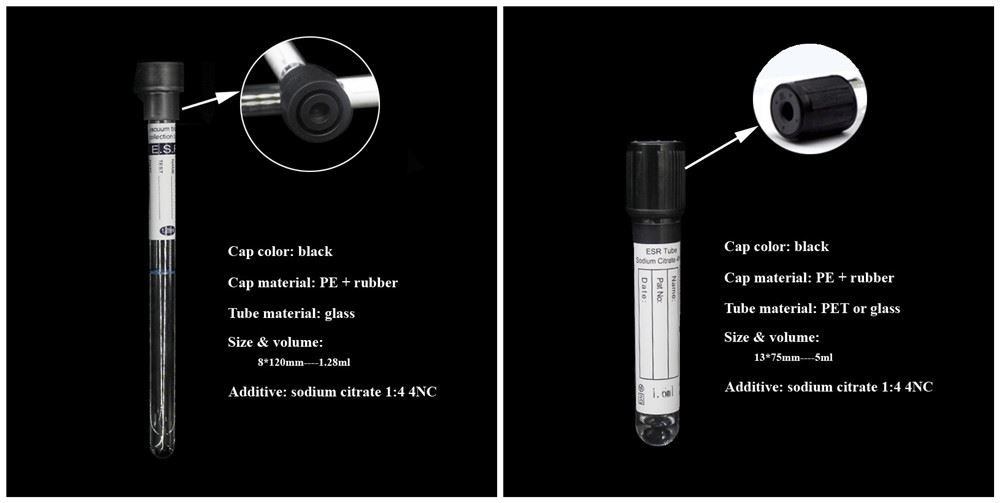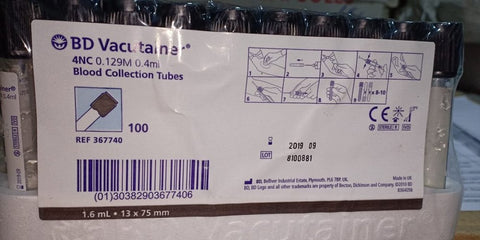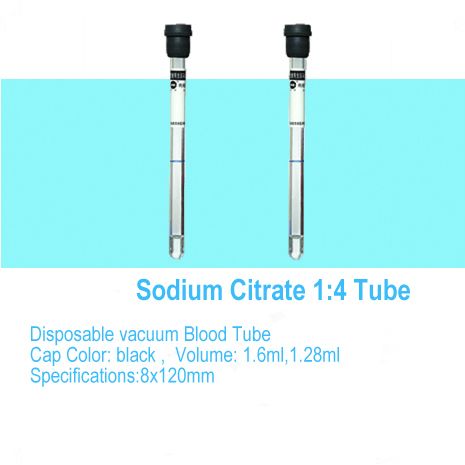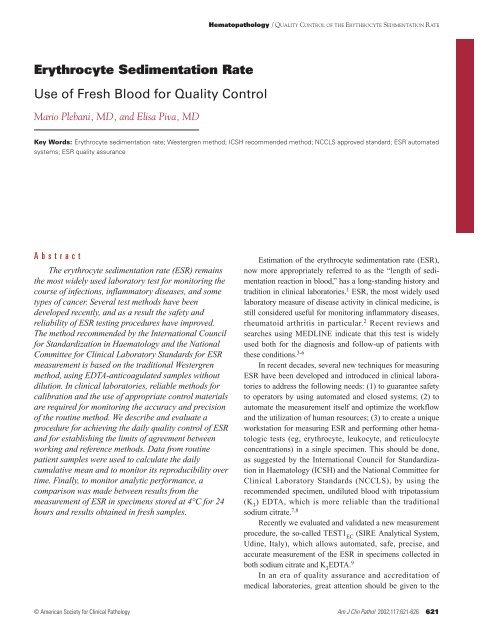Sodium citrate, also known as trisodium citrate, is a white, crystalline compound that is commonly used in a variety of applications, including food preservation and the stabilization of emulsions. In the field of medicine, sodium citrate is often used as an anticoagulant, or a substance that prevents blood from clotting.
One specific use of sodium citrate in the medical field is in the measurement of erythrocyte sedimentation rate (ESR), a laboratory test that is used to assess inflammation in the body. ESR is a simple, non-specific test that measures the rate at which red blood cells (erythrocytes) sediment, or settle, in a tube of blood over a period of time. Inflammation in the body can cause an increase in the production of certain proteins, such as fibrinogen, which can cause the red blood cells to clump together and sediment more quickly.
To perform an ESR test, a sample of the patient's blood is collected and mixed with an anticoagulant, such as sodium citrate, to prevent it from clotting. The mixture is then placed in a tall, narrow tube and allowed to stand for a specified period of time, usually one hour. The distance that the red blood cells sediment during this time is measured and used to calculate the ESR.
The use of sodium citrate as an anticoagulant in the ESR test is important because it allows the test to be performed accurately and consistently. Without the use of an anticoagulant, the blood would clot, preventing the red blood cells from sedimenting and making it impossible to accurately measure the ESR. Sodium citrate works by binding to the calcium ions in the blood, which are necessary for the blood to clot. By binding to the calcium ions, sodium citrate prevents them from participating in the clotting process, allowing the ESR test to be performed accurately.
In conclusion, the role of sodium citrate in the ESR test is to act as an anticoagulant, allowing the test to be performed accurately and consistently by preventing the blood from clotting. Its ability to bind to calcium ions and inhibit the clotting process is essential for the accurate measurement of inflammation in the body through the ESR test.








